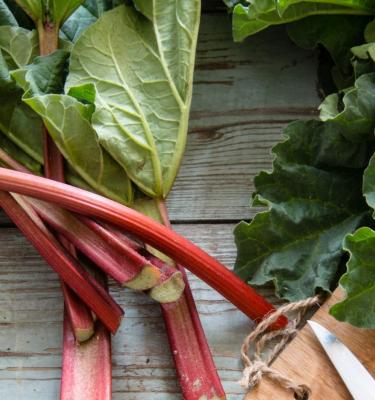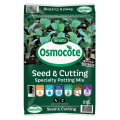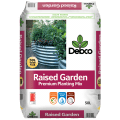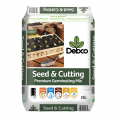

How to grow & care for rhubarb
Rhubarbs edible stalks grow from a central crown and this popular vegetable is most commonly eaten as a sweet! Once established in your garden, rhubarb is there to stay.
At the end of autumn rhubarb leaves will begin to die back, ready for the plants dormancy over winter. Rhubarb grows best in places with cold winters, as it’s this cold that tells the crown to get ready to grow again in spring.
You can grow rhubarb from crowns planted in winter or seeds sown in spring or summer. Although you’ll need to be a patient gardener - as rhubarb should not be harvested until the plant has been in your garden for 2 years. It’s worth the wait though, as crowns will go on producing for 5 years before they need to be lifted and divided.
Top 5 Steps to Growing Rhubarb
- Choose a full sun or part shade position in your garden or grow in large pots
- Improve the soil before planting by adding compost and organic fertiliser
- Grow rhubarb from crowns planted in winter or seeds sown in Spring or Summer
- Begin harvesting once your rhubarb is 2 years old and harvest by sharply pulling the outer stalks from the central crown
- Dig and divide your rhubarb crowns every 5 years - share the divided crowns with friends and neighbours
Prepare
Choose a full sun to part shade spot to grow your rhubarb. The soil needs to be rich in organic matter and well drained. Add Scotts Performance Naturals Soil Improver and Scotts Performance Naturals All Purpose Organic Based Fertiliser before planting.
Plant
Planting in the garden
Growing from seeds
Sow rhubarb seeds into punnets filled with Scotts Osmocote Seed & Cutting Premium Potting Mix and keep moist until the seeds germinate. When the seedlings are 6-7cm tall transplant them to a larger pot and allow them to establish for 2 years before harvesting from them.
Growing from crowns
Rhubarb crowns are sold bare-rooted or in pots from your local nursery or garden centre. Plant them into prepared soil or potting mix making sure the crown of the rhubarb (the bit where the roots meet the leaves growing point) sits just on the soil surface with the leaf growing point above the soil. If planted beneath the ground the crown could rot.
Planting in pots
You can grow rhubarb in pots or containers so long as they have good drainage and are at least 50cm wide by 50cm deep. Fill your pot with a premium potting mix like Scotts Osmocote® Plus Organics Tomato, Vegetable & Herb Potting Mix.
Harvest
Only begin to harvest rhubarb during its second year growing in your garden - this will allow the crown time to establish. Harvest rhubarb by pulling the stalks you need with a quick tug (grip the stalk towards the crown when harvesting) - never cut the stalks from the crown. Never harvest all the stalks from a plant at any one time, always leave half of them for the plant to continue growing.
Remember rhubarb stalks do not need to have turned from green to red to be ready for harvest. Some varieties only blush red in the coldest weather, so if you’d prefer a red stalked rhubarb look for one that is known for changing from green to red in your area.
Rhubarb leaves are poisonous and should not be eaten but they are safe to compost.

Pests & Diseases
Slugs and snails like to attack the young rhubarb leaves and stalks as they emerge from the ground in spring. Protect your rhubarb crop by setting beer traps (saucers filled with beer) or use Defender Snail & Slug Pellets.
Rhubarb like a lot of water, but if the soil is not free draining the crown can rot. Do not cover the crown with compost or mulch.



